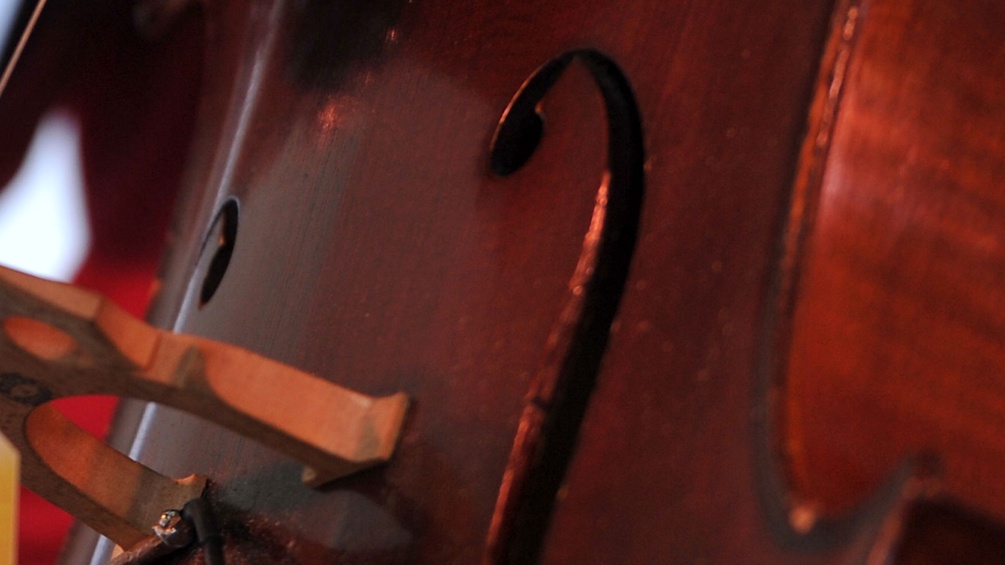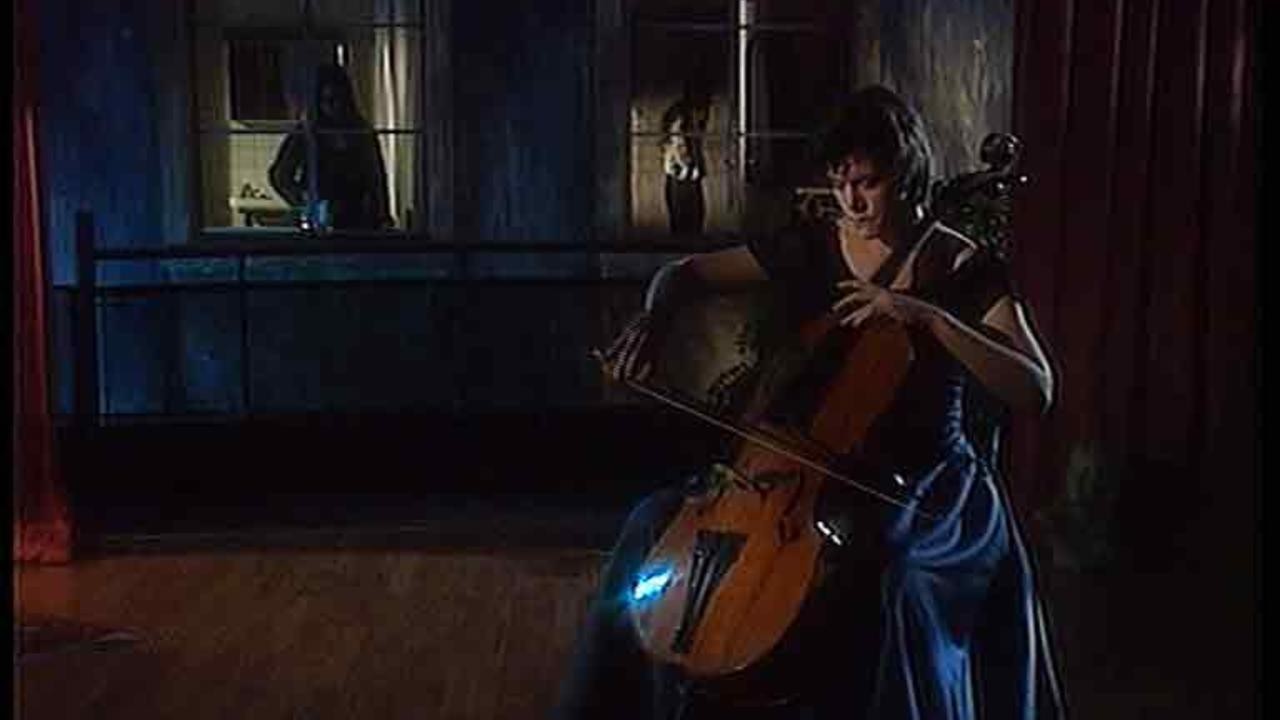
Joseph Haydn Concerto for cello and orchestra No. 2 in D major, Hob. VIIb/2, Op. 101. Zoltán Kodály Sonata for solo cello, Op. 8: mvt. The Jury can decide to choose four competitors as an exception.įinalists appear in a public concert with the Klaipėda Chamber Orchestra under the baton of Martynas Staškus.ġ. Three cellists will be chosen to participate in the finals. Richard Strauss Sonata in F major, Op. 6, TrV 115: mvt.

#3 STROPHES SUR LE NOM SACHER FREE#
One prelude of free choice and one or two additional movements from Johann Sebastian Bach’s Suites for solo cello, BWV 1007‒1012.
#3 STROPHES SUR LE NOM SACHER SERIES#
Other notable examples include Dutilleux' Trois Strophes sur le Nom de Sacher, Berio's Les Mots Sont Allés (both part of a series of twelve compositions for solo cello commissioned by Mstislav Rostropovich for Swiss conductor Paul Sacher's 70th birthday), Ligeti and Elliot Carter's sonatas and Xenakis' Nomos Alpha and Kottos.The selected candidates will need to prepare a programme not exceeding 6‒10 minutes and including two contrasting works of the competitor’s own choice. Bach's six Unaccompanied Suites for Cello (arguably the most important cello pieces), Zoltán Kodály's Sonata for Solo Cello and Benjamin Britten's three Unaccompanied Suites for Cello. Those written by Beethoven, Mendelssohn, Chopin, Brahms, Grieg, Rachmaninoff, Debussy, Shostakovich, Prokofiev and Benjamin Britten are the most famous.įinally, there are several unaccompanied pieces for cello, most importantly J.S. There are also many sonatas for cello and piano. In addition, Hindemith, Barber, Honegger, Villa-Lobos, Nikolai Myaskovsky, William Walton, Philip Glass, Joaquín Rodrigo, Malcolm Arnold, Penderecki and Ligeti also wrote major concertos for other cellists (notably Gregor Piatigorsky, Siegfried Palm and Julian Lloyd Webber). Among these, Prokofiev's Symphonia Concertante, Benjamin Britten's Cello Symphony and the concertos of Shostakovich, Witold Lutosławski and Dutilleux have already become part of the standard repertoire. This was due to the influence of virtuoso cellist Mstislav Rostropovich who inspired, commissioned and/or premiered dozens of new works.

In the 20th century, the cello repertoire grew. The most important are Richard Strauss' tone poem Don Quixote, Tchaikovsky's Variations on a Rococo Theme, Bloch's Schelomo and Bruch's Kol Nidrei. Moreover, several composers wrote large-scale pieces for cello and orchestra, which are concertos in all but name. Beethoven's Triple Concerto for Cello, Violin and Piano and Brahms' Double Concerto for Cello and Violin are also part of the concertante repertoire although in both cases the cello shares solo duties with at least one other instrument. Bach, 2 by Franz Joseph Haydn, 2 by Saint-Saëns, 2 by Dvořák, and one each by Robert Schumann, Edouard Lalo and Elgar. There are numerous cello concertos - where a solo cello is accompanied by an orchestra - notably 25 by Vivaldi, 12 by Boccherini, 3 by C.P.E.

The cello is used as a solo instrument, in chamber music, and as a member of the string section of an orchestra.

A person who plays a cello is called a cellist. The violoncello (abbreviated to cello) is a bowed string instrument.


 0 kommentar(er)
0 kommentar(er)
